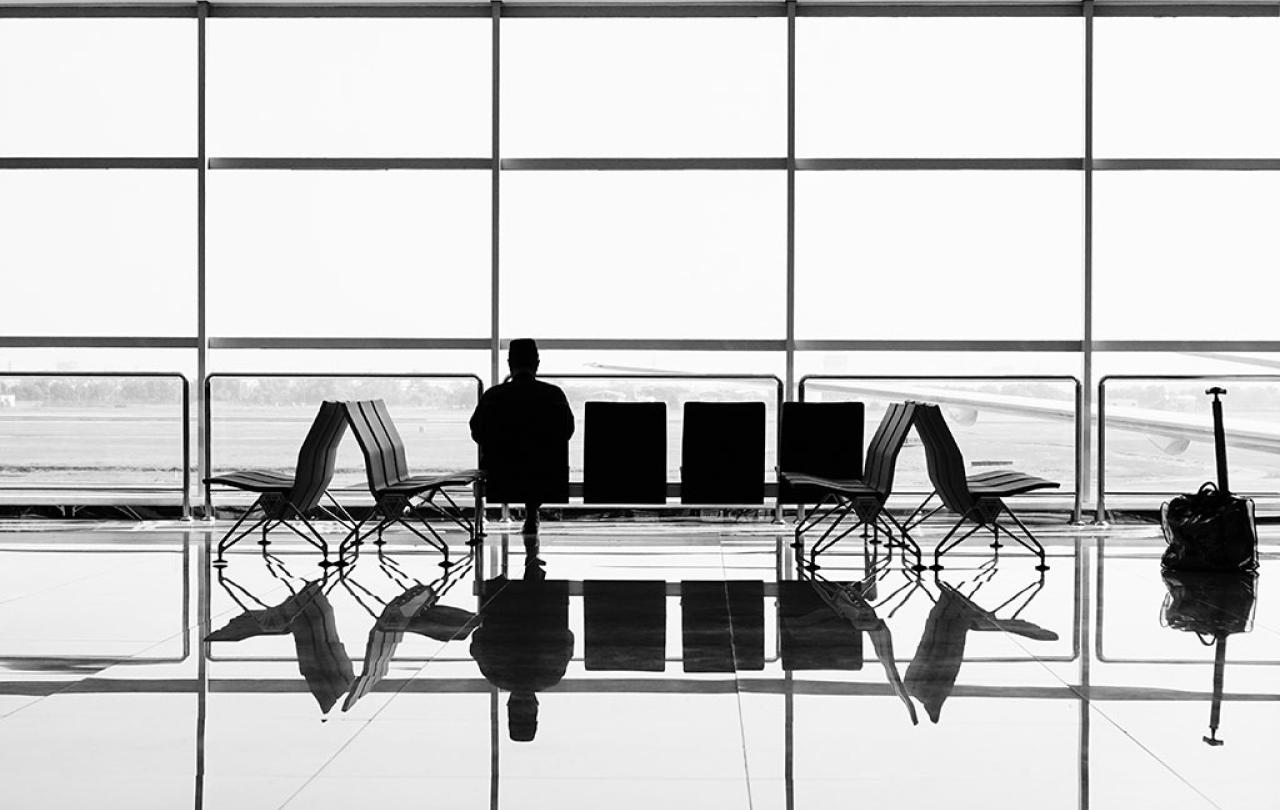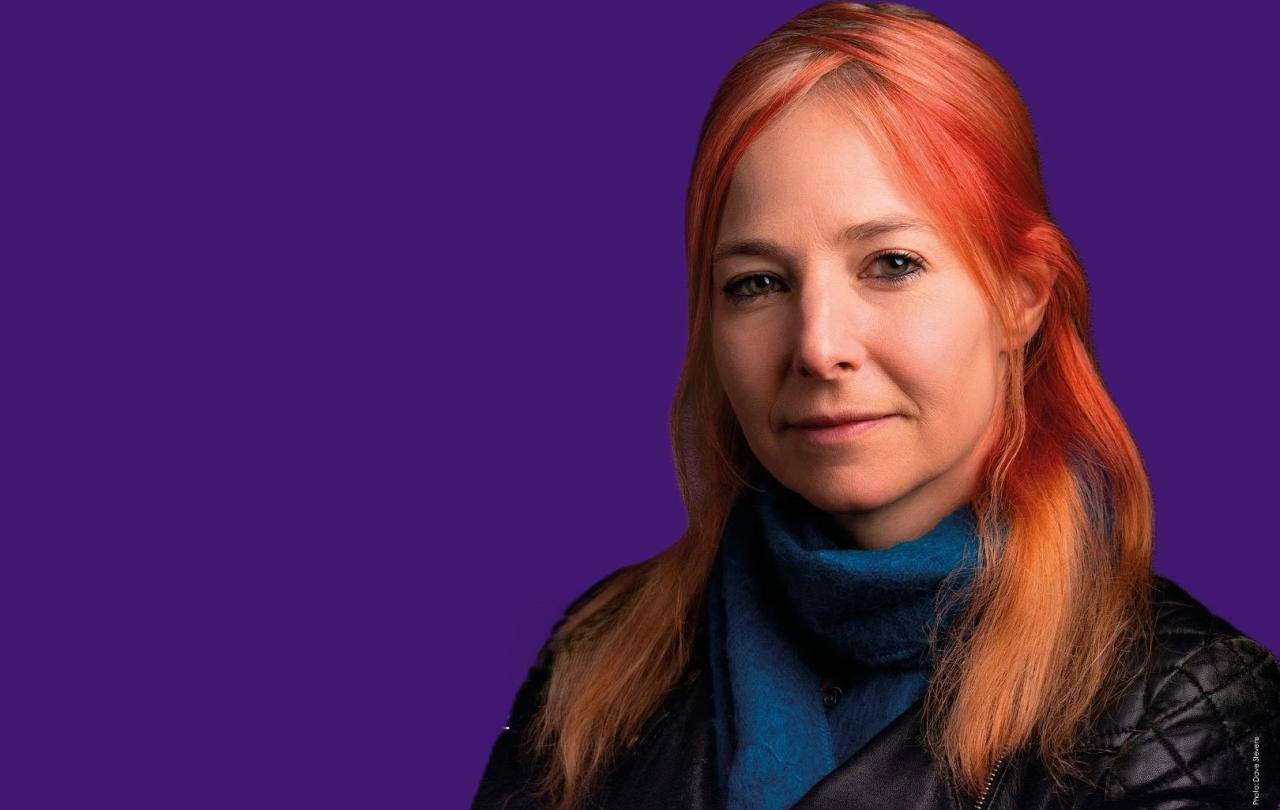Alice Roberts would like you to read her book, thank you very much.
She recently took to X to bemoan the “epidemic” of people offering thoughts about her latest offering, without actually having read it. The person who prompted Roberts’ exasperation was a senior lecturer in Biblical Studies and the latest in a long of professional scholars of Christianity who had greeted the release of the book with little more than a weary eyeroll.
The reason so many people felt as though they didn’t need to read it is because it is utterly predictable. Even a cursory glance at any of the marketing that has accompanied the publication of Domination: The Fall of the Roman Empire and the Rise of Christianity really does tell you all you need to know. It really is the book you think it is.
You already know what this book is going to argue. Just like you already know how this review is going to go. I’m a theology lecturer who works for the Church of England; Roberts is an outspoken atheist and former president of Humanists UK. Of course I’m going to disagree with this book. It’s hardly the sort of plot twist you endure an M. Night Shyamalan film for.
But, for the avoidance of doubt, let me be clear: I don’t dislike Alice Roberts’ book because I’m a Christian and she’s not. I dislike Roberts’ book simply because it’s not very good.
Roberts seeks to “lift the veil on secrets that have been hidden in plain sight.” (Always be wary of someone who claims to have noticed something no-one else has for the last 2,000 years). These ‘secrets’, she suggests, are that “the main reasons [Christianity spread so successfully] were not to be found in the pages of the Bible, but in a powerful alliance born of complex – and very human – incentives”.
For Roberts, the central, overriding reason why Christianity flourished was simply economic and political power. In her own words, “the worldly aspects of the Church are undeniable. Wealth and power go hand-in-hand, and the Church had both in abundance.” It’s never clear who actually is thought to be denying this, except a vague group described as “apologist historians (including some who claim not to be Christian, but seem to be suffering from some kind of Stockholm syndrome) and theologians”.
And this power-grab has been the aim since the earliest moments of the Church’s existence. The Apostle Paul is painted in cartoonishly Machiavellian tones: “As a Pharisee, a member of an established Jewish sect, Saul would have been a small fish in a big pond. The switch to this new breakaway sect [Christianity] would make him a prominent figure in a small but rapidly growing movement”.
A few pages later – in a section that made me laugh so hard I had to put the book down for a few minutes to collect myself – Roberts offers a genuinely baffling reading of one of Paul’s early letters, to a group of Christians in the city of Corinth. In the letter, Paul speaks about divisions in the Church, with Christians claiming to ‘follow’ different leaders (such as Paul and Apollos). Roberts writes that “there’s a hint that Paul may have viewed Apollos as competitor” and continues:
“When Paul wrote his first letter to ‘the Corinthians’ … he exhorted them to see themselves as united, whether they were following him, [or] Apollos … Paul, however disgruntled he might have been about the competition represented by other, potentially more eloquent, preachers, had decided it was best to team up. Still, he couldn’t quite resist suggesting his superiority – or at least, his priority – to Apollos: ‘I have planted, Apollos watered.’”.
See?! SEE?! It’s all about power!!
Well, that last bit is a quote from Paul’s first letter to the Corinthians, the third chapter and its sixth verse. Now, what Roberts doesn’t tell the reader is that she has left off the rest of the verse, and the verse that follows. “I planted, Apollos watered, but God gave the growth. So neither the one who plants nor the one who waters is anything, but only God who gives the growth.”
But this is very different indeed to the impression Roberts gives us. Paul is quite clearly not claiming any sense of superiority over Apollos. No, he claims they’re both nothing, and that God alone deserves credit for anything good done by either of them. Not that you would know this from Roberts’ butchering of biblical texts.
(As a slightly technical aside, the bit Roberts does quote should read ‘I planted,’ not ‘I have planted’. This sounds trivial but in the Greek text, Paul writes in a different tense than the one Roberts translates it as. This made me wonder what translation of the Bible was using or whether it was her own. However, there are no notes in the book. At all. And no mention of Bible translation that I could find. If we’re engaging in character assassinations of folk no longer alive to defend themselves, we might think that attention to the precise wording of their thought might be important. Apparently not).
And there’s the rub. Roberts leave precisely zero room for earnest belief in God. Not her belief in God, obviously, but that the people whose words she has hacked and placed before us might earnestly think that their actions seek the betterment of those around them because of their belief in God. No. It’s all about power. I’ve highlighted her treatment of Paul in particular (again, because I found it genuinely hilarious), but time would fail me if I tried to recount all the ways that other figures in Church history are treated similarly.
Roberts’ has complained about Frank Cottrell-Boyce (whom, she notes, is “a Catholic” as though this is in any way relevant to whether he’s right) for describing Domination as ‘cynical’. But how else could we possibly describe this? Yes, it is – of course – completely reasonable to highlight the social, cultural, political, and economic forces at work in and around the development of Christianity (is anyone actually suggesting otherwise?). And yes, of course some people have used Christianity for personal gain (seriously: is anyone actually suggesting otherwise?).
But Roberts goes far beyond both points. Instead, she is simply stripping back the theological content of Christianity and claiming to have found “secrets that have been hidden in plain sight” having done so. But of course human motivation is all that is left once you strip belief in God out of religion, because what else could there be? Roberts’ prose may be captivating, but her argument is deeply immature and reductive. It’s like a toddler who’s just read Michel Foucault’s work on social power for the first time: an impressive toddler, to be sure, but a toddler nonetheless.
Roberts does acknowledge that “people are complex, human societies are complex”, but this is little more than lip-service to nuance. None of this complexity is found in the actual argument of her book. It reminds me of someone saying, “no offence, but …” before going on to say something deeply offensive. A fleeting caveat doesn’t redeem a simplistic argument.
In this respect, it’s quite telling that the front-cover endorsement comes from Stephen Fry who describes it as “a historical thriller of the highest quality.” In one respect, he’s not wrong. It reads like a thriller and – questions of content aside – might easily grip read readers with its compelling prose and rhetorical flourishes. But that’s because this is The Da Vinci Code without the pretence of fiction. A compellingly told conspiracy theory dressed up in just enough spliced-together reality to feign plausibility.
Public discourse about religion and faith is too often conducted with a sneering cynicism that seeks to ride roughshod over the sincerely held beliefs of actual people who would actually describe themselves as religious. Books like Domination are part of the problem, not the solution.
Maybe this is why I find Domination bordering on offensive. Not because of its content. (If I got upset every time someone ascribed bad motivations to the Church I’d never leave the house.) No, I find it borderline offensive because of its sheer existence. Whether you like it or not, religion has been and is an irrevocably vital part of who we are and where we’ve come from. Religious belief deserves at the very least to be understood, even if not agreed with. And so, when I finished Domination, I was left wondering: is that is? Is this the highest standard of discourse society can really be offered about religion? Dan Brown in an academic gown? Heaven help us, if so.
The covers may be similar, and the titles may sound alike, but this is not Tom Holland’s Dominion. Where Holland’s work remains one of the most insightful and thoughtful accessible books about the development of Christianity and modern society, Roberts’ cynicism (for that is what it is) is both tiresome and tiring. (Moreover, that Holland’s book is not even mentioned once speaks volumes about Roberts’ work. That Roberts insists she has read it only makes that absence more baffling).
The Church deserves more rigorous champions of atheism to scrutinise its belief; society needs a better class of conversation about religion and its role in our history. I fear Alice Roberts is not the former; Domination is certainly not the latter.






